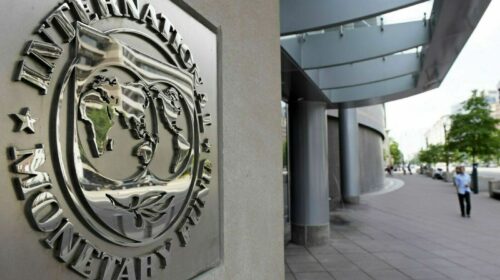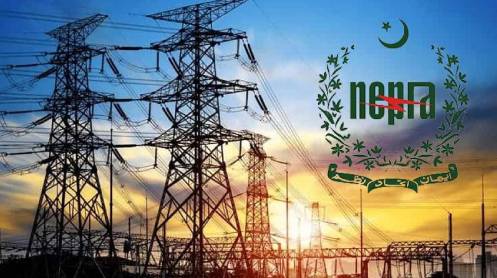Pakistan’s economic team is negotiating with the IMF for a bailout package. One of the conditions is to remove all fossil fuel subsidies which cost Pakistan almost $12 million per day. It is argued that this would help plug the widening current account deficit and also help take the climate change agenda forward. The new coalition government fears that the removal of this subsidy would adversely affect society.
Climate change has become a reality. The Intergovernmental Panel on Climate Change Report, 2021 warns that global temperature is driven by carbon emissions set to pass the safe limit of 1.5c by 2040. At COP26, international financial institutions are committed to ending direct public support for the international unabated fossil fuel energy sector by the end of 2022.
Environmental pollutants can be divided into two categories: global and local. Global pollutants are Greenhouse Gases (GHGs) emissions. These gases (carbon dioxide and methane) cause significant damage to the planet. Local pollutants – water, air, and land – negatively affect the people of the area.
According to World Bank statistics, high-income countries are historically the biggest emitters of dangerous GHGs. On average, high-income countries contribute 10.4 metric tons per capita of CO2 emissions. Among the major industrialized countries, the US emits 15.5, China 7.2, Germany 8.8, Japan 8.8 CO2 metric tons per person. However, these countries are also trying to have $100 billion in funds for financing climate change in the least developed countries by 2023.
Based on pollution emission data, there is a view that wealthy nations owe a ‘climate debt’. The proponents of this view argue that wealthy countries and Multinational Companies (MNCs) are responsible for the overconsumption of the earth’s limited resources. The Oxford Committee for Famine (Oxfam, 2020) reveals that rich nations that account for 20 per cent of the world population have appropriated atmospheric space of the earth by emitting excessive GHG. Excessive consumption and lifestyle have turned the capacity of the planet to absorb GHGs into a limited and scarce resource. Consequently, developing and less developed nations find it impossible to pursue economic growth through cheap energy sources such as coal, oil, and gas, as these sources are highly pollution intensive.
The concept of climate debt has two distinct components: adoption debt and emission debt. Adoption debt represents the compensation owed to the developing nations for the damages for climate changes that they have not caused. In contrast, emission debt refers to the payment owed to developing countries for their fair share of atmospheric space, which they will be unable to use to stop climate change. Opponents of climate debt find this view against the spirit of global justice because of the retrospective and collective nature of the problem. The prevalent view is to have international climate negotiation and collective action.
Let’s try to see Pakistan’s case. Pakistan is an archetypical developing country that contributes one metric ton per capita CO2 emission. According to the Global Land Outlook report by the UN, Pakistan is one of the 23 countries facing drought emergencies in the past two years. The incumbent minister for climate change informed that Pakistan ranked third amongst the water-stressed countries.
The long-run global climate risk index (1999-2018) placed Pakistan on the fifth spot in the list of most affected countries by extreme weather events such as untimely rain, variation in temperature and heat waves. This report indicates that Pakistan suffered 152 extreme weather conditions causing the loss of 9998 lives and 0.6 per cent of GDP. The mitigating risk costs 3-5 per cent of the GDP of Pakistan. A recent study by PIDE concluded that changes in climate variables like precipitation and temperature, had decreased the productivity of wheat, cotton, sugar cane and rice. These productivity losses have severe implications for food security, poverty reduction and sustainability.
Now we look at the priorities of our governments. According to the Ministry of Climate Change Yearbook 2020-21, Pakistan as a responsible state, aims to cut 50 per cent of projected emissions and achieve 60 per cent renewable energy by 2030 as a Nationally Determined Contributions (NDCs). One of the policy instruments used for reducing emissions is to deploy 30 per cent of electric vehicles on the road by 2030. According to the ministry’s projections, this initiative will save $2.2 billion to $3.7 billion to the national exchequer under different scenarios from 2020 to 2030. Of course, the billion-tree tsunami project was another commitment of the previous government for curtailing emissions. Water, Sanitation and Hygiene (WASH) is another dimension to see the impact of climate change on local communities. Four out of five people have no access to clean drinking water. Two out of five people have no access to the toilets in Pakistan. The burning of biomass for cooking is a significant cause of indoor pollution.





